#1. mbx-165 with circuit protection problem
Sol: when the PQ20 -PUMB2 is not solder in the mobo i get the correct voltage 9v at gate in PQ26
DC_IN_G1 Same as the motherboard, the pq26’s G (DC_IN_G1) has 18V so DC_IN_R not present. DC_MOS_IN
is 18V, pq25’s G is 9V. So charging chip max1909 should be fine.First I check the AC_OFF_3#, which is very low, it should be high voltage.To check if there is other problem of the motherboard (I bypass the AC_OFF_3# signal, a
short cut or lazy way to fix problem), I fly a wire between pr188 and pq23’s third pin.
Now, the DC_IN_R has 18V, fine. but system standby power 3/5V is missing. touch the max8734
and find it very hot. Change it but still the same. i Use oscilloscope to monitor both pq64
and pq65’s pin 1, no wave or pulse to find when plug in power so max8734 never start to
work. check max8734’s 3 an 4 pin, find voltage is only 0.6v, something wrong here. This is a
signal call ALW_ON. Really hard to fix now, because ALW_ON involves too many components.
I decided to start from the simplest before moving up to EC or south bridge. Remove PD10,33
still same problem. Remove PD24, standby power comes up. Measure PD24’s 3 pin, only about 4
ohms so that is the reason, it pull ALW_ON low. Check schematic section of PU1 to PD24,
nothing important except control ALW_ON and AC_OFF_3#, so decide not to put pd24 back and
forget about rest. Try to power up and everything fine now.
#2. Motherboard start and load windows but i can hear a ugly noise from the cpu socket zone, the
max8734 is new but maybe something damage the max8734. I test with oscilloscope and the wave in PQ65 is
a little different between Motherboard fail and working Motherboard .
Solution:
It is the inductors dry joint.
#3.can i replace this mosfet with ALPHA & OMEGA ao4427
Solutions: yes, you can. every 8 pins mosfet has diode, what you saw maybe the ZD? don’t worry about
that. You saw FDS6675BZ , but not all have a diode between GATE and SOURCE , I see the two
datasheet and the arrow of diode is in different direction .
#4. How do you know when you need 5v to open this mosfet? i need more info about how works the
mosfets and transistor? what value need to check in datasheet to know what voltage needed at34
gate to open ?
Solution:
On most schematic voltage ratings are specified 5,4v needed to open gate, checked voltage
with battery charged attached and there is present 5,4v…without battery and only ac
attached there is 0v,all other voltage are present, missing only acok voltage, usually on mos
datasheet the g voltage is present (it’s not a fixed voltage, is something between 3-12v
depending on type of mosfeet, on laptops usually it’s 4-5 volts).
#5.The eeprom is located in IC3201 , this is an ST microelectronic M24C08 W in TSSOP8 (DW) , i
will try to read whit WILLEM PCB 5 PROGRAMMER , have you any idea about decode the dump bin file
Solution:
Before any hardware work, if phoenix bios based try crysis recovery first.
#6. I have an ACER with mobo COMPAL LA-3581 , i see that i have about 15-17 volts in the
POWER_SW button , not 3.3 usually , i think i need check the signal MAINPWON but im not sure
, i see MAINPWON is in LM393 IC , can you tell if the MAINPWON is the signal of the power
button? I remember in a HP probook i replaced LM393a whit LM393 and the power button have
also 15v , after this is solder a lm393a and goto 3.3v , now i know that lm393 and lm393a
are different.
Solution:
Yes, for this mode of acer the power button should be about 17V.
Mainpwon and SHDN switch max8744 output on, so if you have 3ALW and 5ALW just don’t worry
about this signal.The signal of Mainpwon is combined from VL (LDO of max8744) and PACIN. LDO of Max8744 will
auto generate once Max8744 get power.
To switch off 3,5ALW output in battery mode (standby), it uses VS. VS comes from VIN. VIN is
0 when in battery mode. When you push the power button in battery mode(look at 51on# and
pq4), VS will come from b+++ and then output 3,5VALW.
Note:
I explain the usage of Mainpwon and VS. When you have
the power plug in, there should have high voltage in all 3 pins of pq4. B+ will be high,
because it is from VIN – actual B+ is the common point of external power and battery. VIN is
high. 51on# is high so the mos is in stop state.
If the power not plug in and battery present, VIN will be low and VS will be low too. VS low
will disable 3, 5VALW output, but to power up machine you need these 2 powers. 51ON# is the
36
signal to convert b+ into VS, when 51on# pull low the pq4 will convert B+ to VS therefore
Max8744 will output 3/5 valw.
#7. I have problem with acer 5920 mobo ZD1 , the lcd screen dont turn on , i have another 5920
38 working i see a problem in U1 AAT4280 page 18 , when ac adaptor is present in fail mobo have
about 1v in pin1 (OUT) but in the working mobo only have 0.30v , y check the diodes in
signal LCDVCC and are ok R10 is good also , and measuring resistance to gnd in pin1 in
working mobo is about 1M ohm and in fail mobo only give me a value if put tester in 200M ohm
scale , and the resistance start in 1-2M ohm and go up.
I will try to replace AAT4280 in a few days , what you think?
Solution:
U1 has 1 input- on/off, 1 output – lcdvcc and 1 vin – +3V. The input are int_lvds_digon and
ev_lvds_vdden, the first one is for the motherboards that use intel integreted video and
second is for the motherboards that use mxm plug in video card. Only one of two can have
high voltage at a time, can’t be both high at same time.
In the normal working motherboard, the pin 6 should be 3V, the pin 3 should be but most be
the 3V. pin 1 should be 3V it is the power source for LCD.
If the pin 3 is low when you switch on the machine, the problem is either vga card or north
bridge.
In your situation, you don’t need to check the resistance to the gnd unless you suspect u1
has been burnt. And also it has nothing to do with power supply.
the 3 things you need to check after machine power up:
1. pin 6 has 3V?
2. pin 3 has 3V?
3. pin 1 has 3V and LCD connector CN1’s pin 3 and 5 has 3V?
#8 .Now i have a satellite A100 , mobo INVENTEC SAN ANTONIO , the ac adaptor is 15v i test and
42 the Q519 is closed , have 15v at gate and 15v at source , but no power on +VBAT , the
charger is BQ24721 , VCC is good 15v at R619 but ACDET is only 1.3v and VREF5 is in 0 volt ,
you think BQ24721 is fail , or you can tell me other test before remove the BQ24271 ?
Solution:
BQ24721 fails a lot, I usually change 24721 first.
#9. I have dv9000 QUANTA AT7 , not found AT7 schematic but AT6 match all , have voltje 19v fine
, also 3v and 5v present (max8734) and the power button have 3.3v , but when press power the
mobo don’t do nothing , no leds no fan , etc … i have also an AT3 working , i see in 1.5v
AT3 use MAX8717 and when AC adaptor is plug have 5v at DL1 and DL2 for gates PQ38 PQ35. Then
i go to AT7 and check DL1 DL2 for MAX8743 at gates PQ33 PQ28 , and only see 0 volt , maybe i
will try first to remove this 2 mosfet and check again ? this 2 mosfet dont seem short maybe
the MAX8743 is fail , what is your advice about this ?
Solution:
First, there is nothing to do with pq28, pq33, those are for 1.5V output.
Second, check the EC working conditions when the machine can’t fire up. In those DV9000, pay
more attention on LID_EC#, this signal must be 3.3 before machine can fire up. If this one is
low, try to get 3.3V from somewhere to it.
i found test point T161 to check the LID_EC# , and 3v is not present
Solution:
Capacitors on the graphic card are not so easy to fail, it only has about 5 ohm when you
Measure it, it is normal because internal resistance of graphic card just like that.
Once you find LID_EC# is low, you simply connect a power to it, let’s say the 3V power for
EC, connect a 10k resistor from 3V to LID_EC# pin. The purpose of LID_EC is let EC knows if
the lid is closed or not, once it is low the EC thinks the LID is closed and refuse to send
PWRBTN signal to south bridge, the PWRBTN is the signal invoke machine withdraw from S5
state and enter into S3 state, or people say switch on machine (actually, switch on machine
is pull up RSMRST – but RSMRST in most case is high, only after you remove the cmos battery
then it becomes low. So, when RSMRST is high and mobo wait for PWRBTN signal to become live
– this state we call it S5.)
#10.These capacitors are really burn in 0 Ohms , i replaced these 2 capacitors and now at TEST
POINT T161 have about 1v but still not trying to power , also i try put 3.3 at LID with a
external power supply and no way , the only see at the moment is DL1 and DL2 dont have 5v in
MAX8743 .
Solution:
“Capacitors on the graphic card are not so easy to fail, it only has about 5 ohm when you
Measure it, it is normal because internal resistance of graphic card just like that.”
#11. Dell Inspiron 9400 aka E1705.
When i power it on all what i see is the power LED “green” turns on for 3 sec.
46 i tried everything, stripping all the drives and now i am down to only keyboard and one ram and still same
issue. tried it with bat and ac adapter
Solution:
Take off the vga card and power computer, see if it still shut off.
#12. The circuit comprising PU11 (a TI TL331 single comparator), PQ62, PC195 and PD20 form a
charge pump circuit to provide a boosted +ve gate drive [VH28] to PQ61 (a large N-channel
MOSFET – top left of the schematic).
The circuit comprising PU11 (a TI TL331 single comparator), PQ62, PC195 and PD20 form a
charge pump circuit to provide a boosted +ve gate drive [VH28] to PQ61 (a large N-channel
MOSFET – top left of the schematic).
Without this gate drive, no DC input from the power adapter can be fed into the laptop.
Hence the sometimes flashing battery LED when the power button is pressed. There is enough
juice to power the system controller, but no feed to the charger.
Sol: i agree with you, such design is not only unnecessary but also worse than bad. what we did to
overcome this problem is replace pq61 with a diode, replace pq3 with another diode, of
course the condition to do this is battery charging part work alright.
#13.i have Toshiba satellite P200-1JV laptop. It runs on battery without any problem.
it does not run with a/c. does not charge battery.
when i plug in a/c without battery the a/c light on laptop blinks. press the power
button and nothing happens.
put battery in laptop with a/c power on, a/c light on laptop stops blinking and
battery charge light comes on but does not charge battery. press power button
and laptop will run until battery is exhausted.
the a/c charger is new and correct spec for laptop.
any advice on how to diagnose fault, like what area to check, mosfet, chips etc
Solution:
first check all mobo marks to found mobo model and if you can found the schematic , then you
need to found one mosfet 8 pin sop8 that is connected directly to DC JACK , and then found
the next mosfet connected whit the first mosfet , when you conect AC you need this 2 mosfet
open , 19volts at DRAIN SOURCE , and about 8-10volts at GATE to open , usually is controlled
by the IC charger circuit , maybe have a short in AC circuit side or IC charger not
recognize the adapter and no open mosfets .
#14.i have managed to obtain schematic for Toshiba P200.there are two different sets of mosfets
controlled by two different charging ic.i like to confirm with you which one to test
Solution:
if you check all you motherboard to confirm it is LA-3711P , then you need to start to
check PQ8 PQ9 , look for short after PQ8 between PQ8 PQ9 , if work fine with battery no short
on P3 B+ . then you need to have 19v at source drain in both mosfet and 8-10v at gate of
both PQ8 PQ9 pin4 , ACON PACIN control this gates , if you have 19v at pin4 PQ8 PQ9 the
mosfets are closed and then you don’t have the 19v at PQ9 pin5,6,7,8 that you need for laptop
to work with AC adapter.
#15.Charging problem
C700’s charging chip is 39A126, DV6000/9000’s charging chip is max8724 or max8725. Check the
working conditions of those chips. such as VIN, ACIN, ACOK, LDO, REF, SHDN.<p>
Solution:
Charging problem is second hardest problem on notebook repairing, the first one is signal
level – everything looks ok but just no display.
#16.The first step to troubleshooting is monitor the current change. usually, current reading
can tell what was wrong and quite accurate.
You frequently mention monitoring the current change to pinpoint the area of failure. Can
you please describe this troubleshooting technique in more detail with some guidelines and
numbers to look for?
Solution:
To understand why current changing, you may need to know the basic powering states of
notebook – which is called ACPI standard – S0 to S5.
S0 is full running state, S5 is state that after you switch off laptop but with either power
or battery presented. out off topic here, the S5 is the state after you shut down computer
not the state you just plug in the power. Power button is for wake up computer from S5 and
enter into S3. In ACPI standard, to switch on computers you need a signal “RSMRST”. It
explains why some laptops auto switch on if there is no CMOS battery, because its EC send
RSMRST when power plug in. But you need push power button to switch on laptop if there is
CMOS battery, because laptop remembers it is in S5 state.
Powering up a laptop can be divided into few parts, first check south bridge’s gpio
definition, check communication between bios and south bridge, check system ram, power cpu,
power up vga. so you can see the current goes up and down. step by step it reaches to full
power.
Current changing monitor is just give you rough idea, sometimes not so accurate.
let’s see 2 examples:
1. a hp 530, power up but stay on 0.68A. it should go down a bit after 0.68A, and up again.
The faulty mobo current change is 0.02 – 0.3 -0.68. After we see this current, we know it
may have problem on SB or may be on NB but most likely is SB.
I check LPC 0 to LPC 3, no signal find. it may have problem on SB or BIOS. So I flash the
BIOS before I do anything on SB. It was fixed after I reflash BIOS.
2. DV9000. Normal mobo: 0.01 – 0.3 -0.9 – 1.1 – 0.9 – 1.2 -1.45 then display.
we find faulty mobo 0.01-0.3-0.9-1.1-0.9, by checking DMI Link we find there is one or two
pulses. So we have an idea that it already pass memory checking, the next stage is VGA
checking and active VGA output. In here, if it stop in 1.1 it most likely NB or SB problem,
but if it stop in 0.9 or after, it may be the problem of VGA.
Current changing gives you an idea about where is the fault but not 100% accurate. People
ask me what fault by just give me the current reading and I always say you need to give me
the changing states, how many jumps that current made.
#17.Toshiba satellite P200-1JV laptop. It runs on battery without any problem.
it does not run with a/c. does not charge battery.
Solution:
first check all mobo marks to found mobo model and if you can found the schematic , then you
need to found one mosfet 8 pin sop8 that is connected directly to DC JACK , and then found
the next mosfet connected with the first mosfet , when you connect AC you need this 2 mosfet
open , 19volts at DRAIN SOURCE , and about 8-10volts at GATE to open , usually is controlled
by the IC charger circuit , maybe have a short in AC circuit side or IC charger not
recognize the adapter and no open mosfets
#18.Having problems whit dell xps M1530
Don’t do nothing when press power button , ACAV_IN is present at Q5 Q6 (3.2V) i have
DCBATOUT but 3v and 5v not present , i check DCBATOUT for U69 TPS51120 and is OK , then
check VREG3 VREG5 and also work fine , but i don’t have 3V/5V_EN to activate outputs , Q17 is
not in mobo only pads , D16 have 0.06v at 3V/5V_EN and 3.3v at PURE_HW_SHUTDOWN# , maybe
need S5_ENABLE to activate 3v and 5v ? what you think about the next step to check ? maybe
some signals in KBC WPC8763L .
Solution:
At the moment the TPS51120 is working , use power supply to put 2.5V in D16 3V/5V_EN and
the 3V 5V outputs go enable . find why S5_ENABLE and 3V/5V_EN are low .






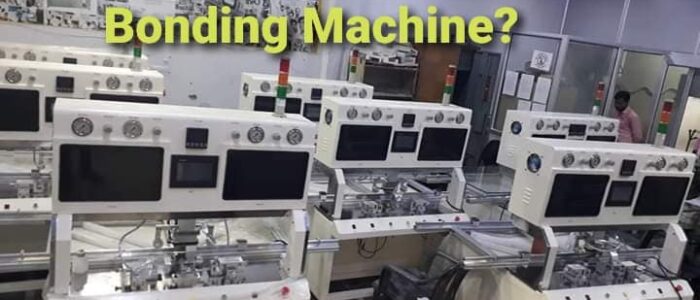




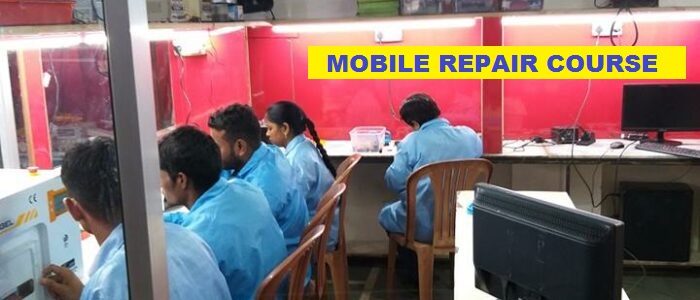

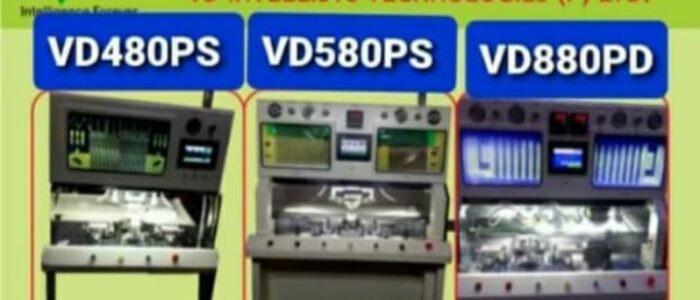

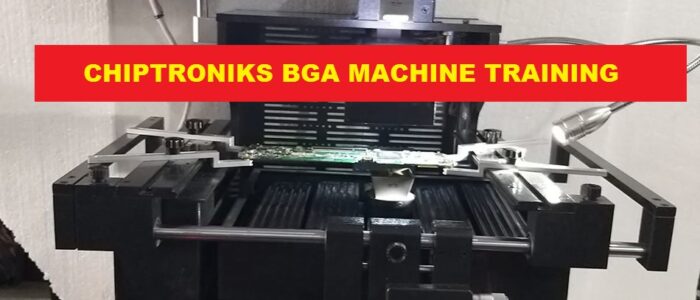

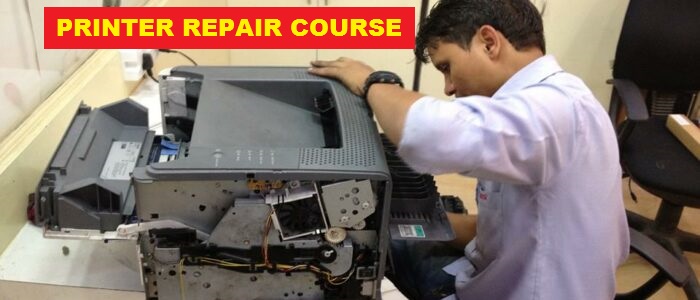

I am eagerly waiting
to persue this course.
I like these explanation and analysis
In a compal laptop
#RSMRST
is always low from the EC to the PCH so what is broken here?
Good information for laptop